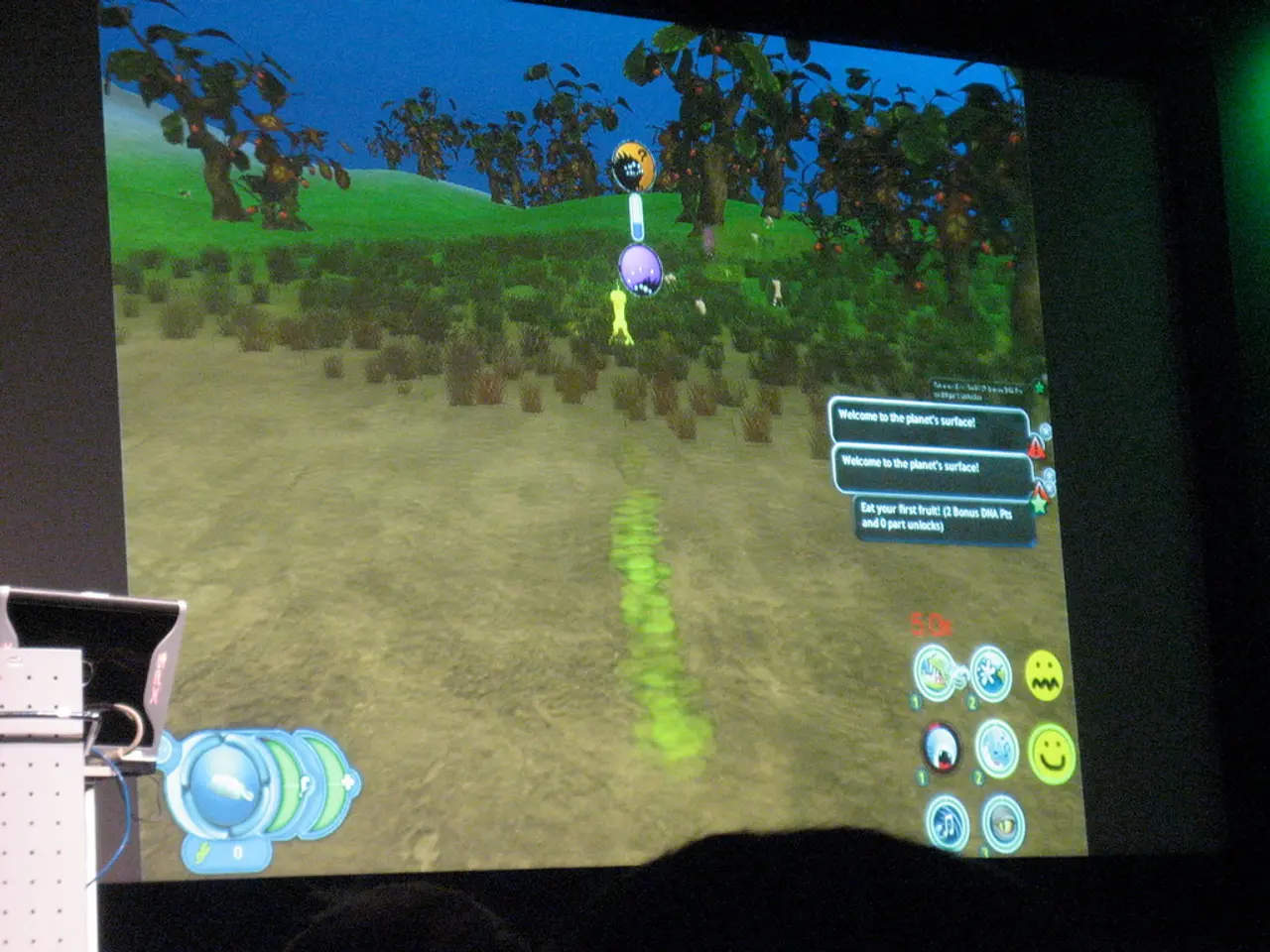Instructional Examples of Project-Based Learning for Teachers
Project-based learning (PBL) is a teaching method that allows students to work for an extended period to investigate a complex problem or question, often involving real-world problem solving and creative expression. This approach has proven to be effective in engaging students and fostering a deeper understanding of various subjects. Here are ten inspiring PBL examples that demonstrate the power of this teaching method.
At Barbara Morgan STEM Academy, students explore scientific properties by observing and collecting data on different types of chocolate in a hands-on, engaging way. This project, known as the Chocolate Lab, integrates science standards and boosts enthusiasm among students [1].
In early childhood classrooms, students design their own musical instruments and explore sound types through dramatic play. This blend of guided play and PBL deepens understanding while maintaining a playful context, aided by rich teacher-child conversations [2].
Middle school students apply geometry concepts like angles, area, and perimeter to design a skate park layout that meets safety and user needs. Their final work connects math with real-world urban planning and can be shared with local officials, giving students a meaningful design challenge [5].
Starting with learning objectives tied to standards, students plan a garden project that encourages them to integrate science, math, and environmental stewardship while producing concrete outcomes aligned with their curriculum goals [3].
Creating a family tree with a tree diagram helps students organise and track their research, providing a personal and educational experience. Sharing the family tree online with family members adds a collaborative element to the project [4].
Developing a business plan allows students to work in groups, doing market research and creating a financial plan. This project encourages students to take action and apply their learning to a real-world scenario [6].
Building bridges with list infographics is a project that implements all aspects of S.T.E.M., providing a comprehensive and engaging learning experience [7].
Comparing a movie and book with a presentation allows students to analyse both and display their findings creatively, promoting critical thinking and creativity [8].
Students can create digital flyers to inform businesses about ways to decrease their environmental impact by "going green". This project encourages students to take an active role in promoting sustainability [9].
Writing a blog post to share learning provides students with an expressive way to take ownership of their own learning, fostering a sense of pride and accomplishment [10].
Planning a community event involves creating a proposal demonstrating how the event may look and cost, and making the planning into reality by creating the actual event poster. This project encourages collaboration, creativity, and real-world application [11].
These examples share common features: integration of multiple subject areas linked to real-world challenges or contexts, use of hands-on, playful, or design-oriented activities that maintain student interest and motivation, and collaborative planning by educators with intentional scaffolding tools such as learning maps to break down essential questions and skills [1][3].
The benefits of project-based learning include increased student engagement, the ability to teach and assess multiple skills, differentiation, accountability, and the preparation of students for a highly technological society [12]. By fostering creativity, critical thinking, and real-world application, PBL is an effective teaching method that inspires and engages students.
References: [1] Boss, G. (2018). Project-based learning in the science classroom: A key to student engagement and inquiry. Science and Children, 56(1), 24-29. [2] Dyson, A. H. (2017). The power of play: Learning what comes naturally. ASCD. [3] Johnson, D. W., & Freeman, S. (2018). Blended learning: Research perspectives. Routledge. [4] National Geographic Society. (2013). My family tree: Who am I? A student guide. National Geographic. [5] Ritchhart, R., Church, M., & Morrison, K. (2011). Making thinking visible: How to promote engagement, understanding, and independence for all learners. Jossey-Bass. [6] Simmons, D. C. (2013). The entrepreneurial mindset: Essential concepts and tools. John Wiley & Sons. [7] Tate, M. (2019). STEM by design: Learning to integrate science, technology, engineering, and mathematics. Corwin. [8] Wiggins, G., & McTighe, J. (2011). Understanding by design (2nd ed.). Association for Supervision and Curriculum Development. [9] Zaslow, M. (2013). The green classroom: Simple steps for creating an eco-friendly school. Rowman & Littlefield Education. [10] Zemelman, S., Daniels, H., & Hyde, A. (2005). Best practice: Redefining the teaching profession for the 21st century. ASCD. [11] Zuber-Skerritt, O. (2011). Project-based learning: A practical guide for the classroom. Routledge. [12] Partnership for 21st Century Skills. (2015). Framework for 21st century learning: Exemplars of P21 Learning. Partnership for 21st Century Skills.
- At the school, students use poster templates to design and create promotional posters for their community event, integrating education-and-self-development concepts such as collaboration, creativity, and real-world application.
- In some classrooms, students work on a learning project that involves creating a digital learning poster to share their findings about how businesses can decrease their environmental impact, emphasizing the importance of education-and-self-development themes like sustainability and critical thinking.




